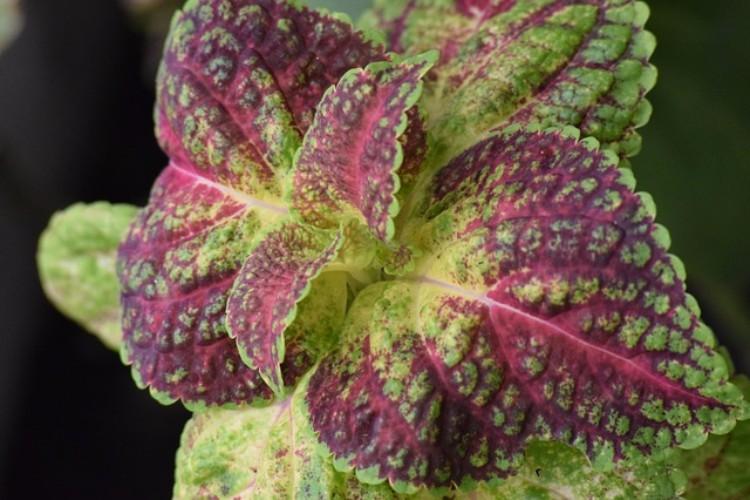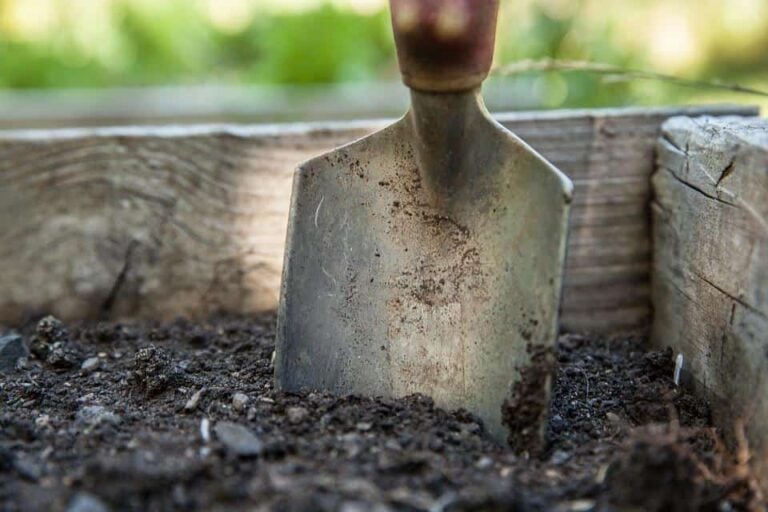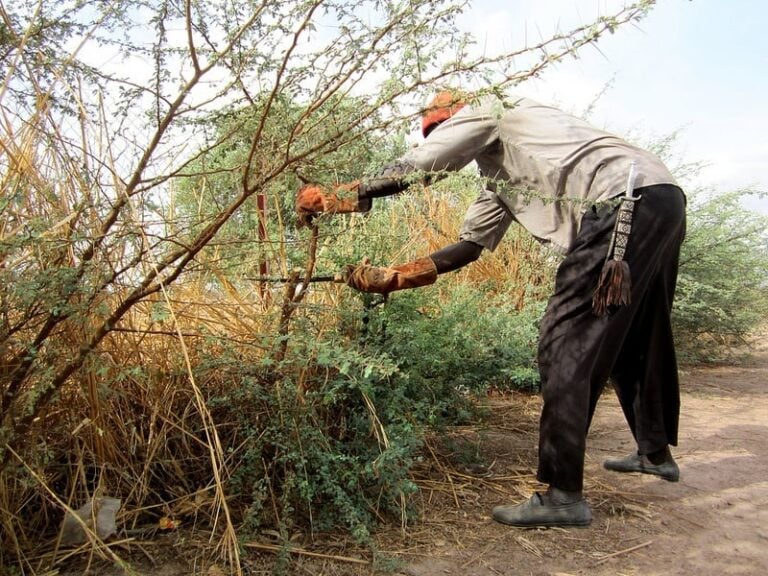Growing Shiso: Planting and Harvesting
Shiso can be tricky to get going in your garden, but once it’s growing, it is likely to self-seed and come back year after year. The plant does best in full sun and in well drained soil, but it is really not that picky and is a generally low maintenance plant.
The one thing you’ll want to be diligent about is removing its flowerheads as they appear, or else you are like to end up with many baby shiso plants the next year. Although shiso can grow almost anywhere in the US, it’s considered invasive in the southeast and mid-atlantic areas.
Planting Shiso
You can start shiso, also known as perilla or beefsteak plant, from seed. Although the plant will easily self-seed once established in the garden, sending up hundreds of baby plants at the beginning of the growing season, many gardeners have trouble getting their own plants going from seed.
That’s in part because the seeds tend to be finicky. They will only germinate if fresh and if soaked before planting.
https://youtu.be/CsDfg1MC5fU
Dave’s Garden created the video above demonstrating how to plant shiso seeds after their company got complaints from gardeners who were unable to get a single seed to grow.
If you are going to plant shiso from seed in your garden, soak the seeds in water for at least 24 hours before planting. Gayla Trail of You Grow Girl recommends starting your seeds outdoors, instead of trying to start them inside under grow lights. Plant the seeds on or after the last frost date in your area.
Most importantly, it pays to be patient when growing shiso from seed. It might take days or even weeks for the seeds to germinate, as they not only need moisture, they also need cool temperatures, according to the Washington Post. If you don’t see tiny plants right away, give it some time.
You also want to avoid planting the seeds too deeply, as they need some light to germinate. After you’ve scatter the seeds across the soil, gently press them in, rather than piling soil on top of them.
Another option, if you’re impatient, is to plant shiso or perilla seedlings. You can often find perilla at garden centers or nurseries, but it might be kept in the ornamental plant section, rather than with other herbs.
Space the seedlings at least six inches apart in your garden. Keep in mind that shiso grows so quickly that you’re likely to only need one or two plants per household, if you plant on eating the leaves. If you are using the plant as an ornamental, plant as many as you need to cover the area.
Choosing Shiso Varieties
The video above from Byron Herbs in Australia introduces you to the two main types of shiso or perilla. The plant can either be green-leafed or red/purple-leafed, and the green leafed plants tend to have the bigger leaves and to wilt more easily in warmer conditions.
The flavor of the plants depends on the color of their leaves. According to the Master Gardeners of Sacramento County, the green leaves taste a bit like cinnamon and are more popular in cooking. The purple or red leaves tend to be more astrigent and to have a bitter flavor.
Warning About Shiso
If you live in certain areas of the US, you might want to hold off on growing shiso in your garden. According to the National Park Service, the plant is very invasive in certain Mid-Atlantic and Southeastern states and should not be planted in gardens in those states. Along with quickly overtaking wild areas and spreading out of control, shiso can be toxic to certain animals, including cattle.
Care for Shiso
If shiso isn’t invasive in your area and you’ve decided to grow it, you can rest assured that it’s a fairly low maintenance plant. It does best in areas that get full sunlight, at least six to eight hours of light daily.
Although it has a preference for well-drained soil, it is able to survive in poorer soil conditions too. Usually, once you plant shiso in one spot and get its seeds to germinate successfully, you can expect it to keep coming up in the spot year after year, as the plant self-seeds. It might also pop up in other areas of your garden in later years, if you don’t keep an eye on its flower production.
Harvesting Shiso
You can be begin to harvest the leaves from a shiso plant when it it just a few inches high. As the plant is a member of the mint family, you want to harvest the leaves from it as you would any other type of mint.
Cut a sprig of shiso off just above the junction of two leaves on the plant. Cutting the plant above two leaves, instead of picking off leaves one by one will help it develop a bushy growth habit, rather than a long and picked-clean pattern of growth.
To keep the self-seeding to a minimum, you might want to be diligent about cutting off the flower heads as they form. Removing the plant’s flowers will also help prolong its production of leaves. Simply snip off any flowers as they form.
Once the production of flowers outpaces the production of leaves, simply cut all the flowerheads off before they can set seed. The plant will eventually die back once the temperatures in your area cool down. Without any remaining flowers, it will be unable to self-seed for the next growing season.
Growing Shiso Indoors, in Containers
If you live in a state where shiso is considered invasive, you might try to grow it indoors, in a container, to cut down on its invasive nature. The plant will grow in a two gallon pot with a drainage hole.
To make sure it gets enough light indoors, put it by a south facing or other sunny window. Water the soil regularly and don’t let the container dry out completely.
Read also our other guides about growing wasabi, Calathea ornata or ginger.


![Best Edging Tools ([year]) – To Tidy Up Your Garden](https://properlyrooted.com/wp-content/uploads/2022/10/image00-61-1-768x515.jpg)



